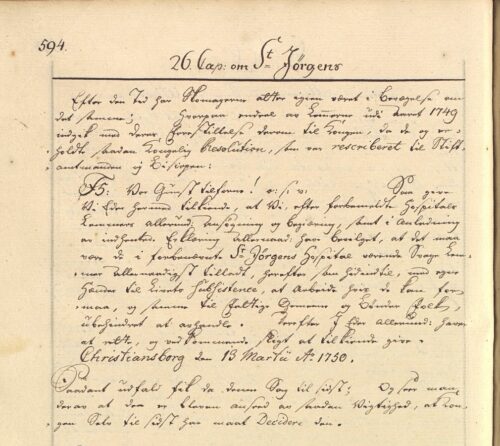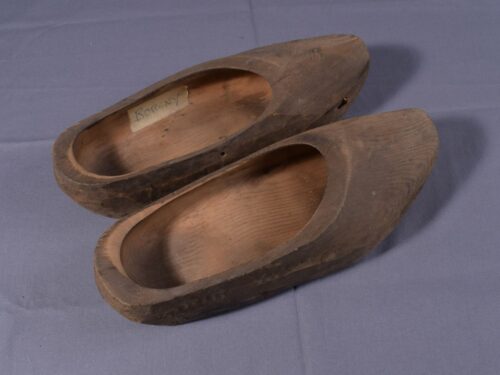The conflict over the shoes
One of things that the residents produced were shoes. In the 1740s, this led to a conflict with the shoemaker guild in bergen, which would prefer that nobody else produced shoes. In 1741, the police assisted them in conducting a search of the hospital, and large parts of the shoe production was seized. The case ended with the residents at the hospital being allowed to make what were referred to as farmers’ shoes, probably “clogs”, for themselves and their family.
The residents of the hospital were not entirely satisfied with this outcome and, in 1749, they sent a letter to the king about the matter, asking for permission to make shoes for sale, since the subsistence allowance was not enough to live off. The matter was settled with royal decree in 1750. Owing to the insufficient subsistence allowance, residents at the hospital would now be allowed to produce and sell farmers’ shoes to the poor, common people and farmers.

Bergen City Archives.

Photo: Bergen City Museum.



